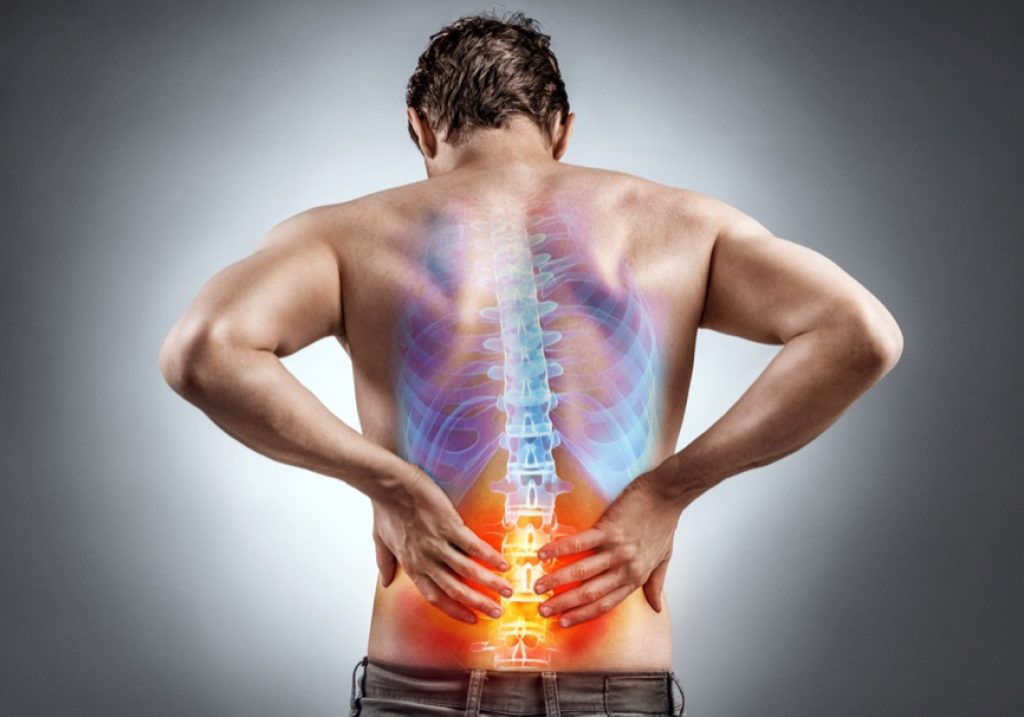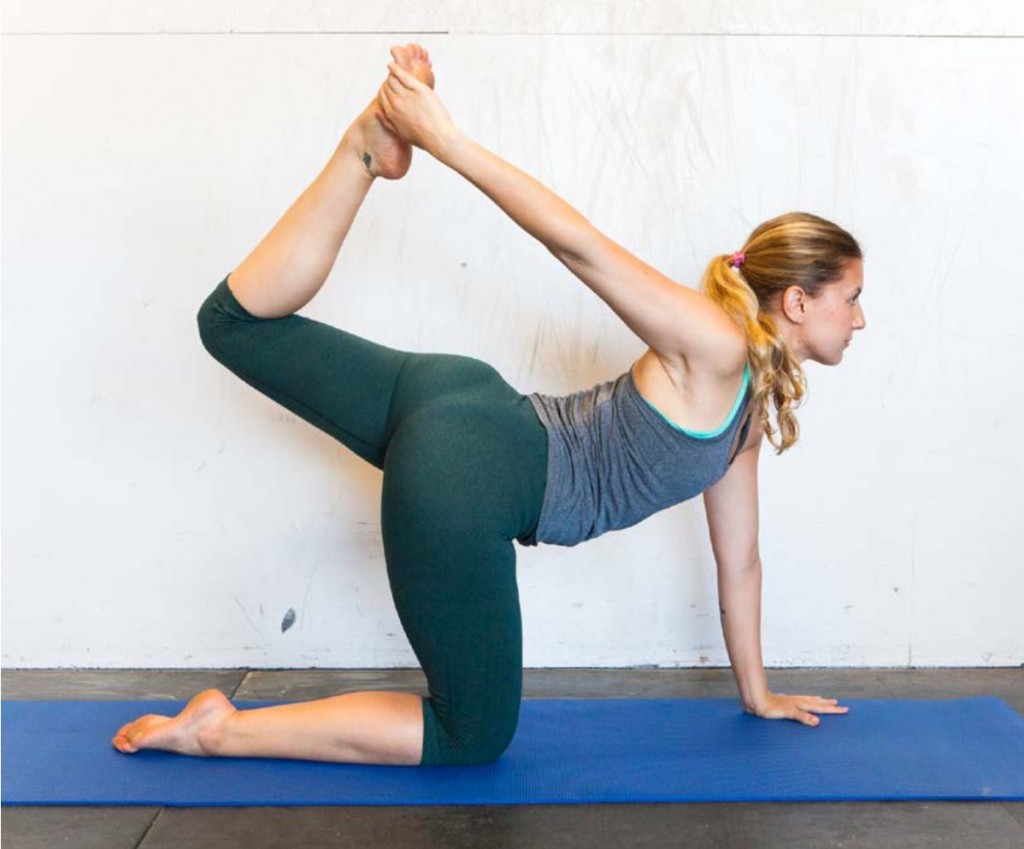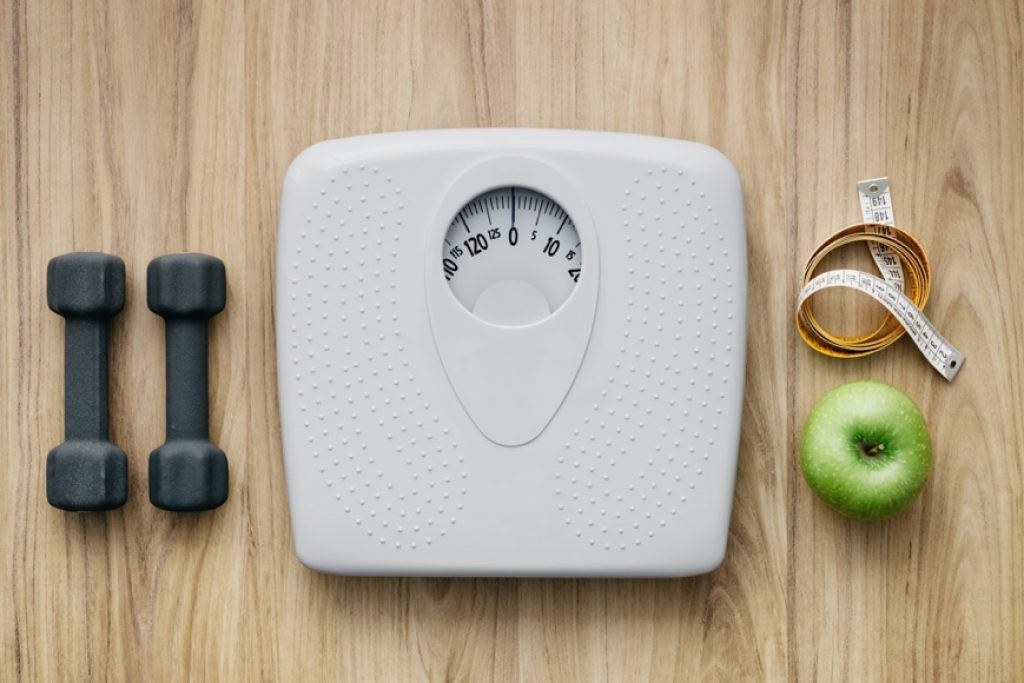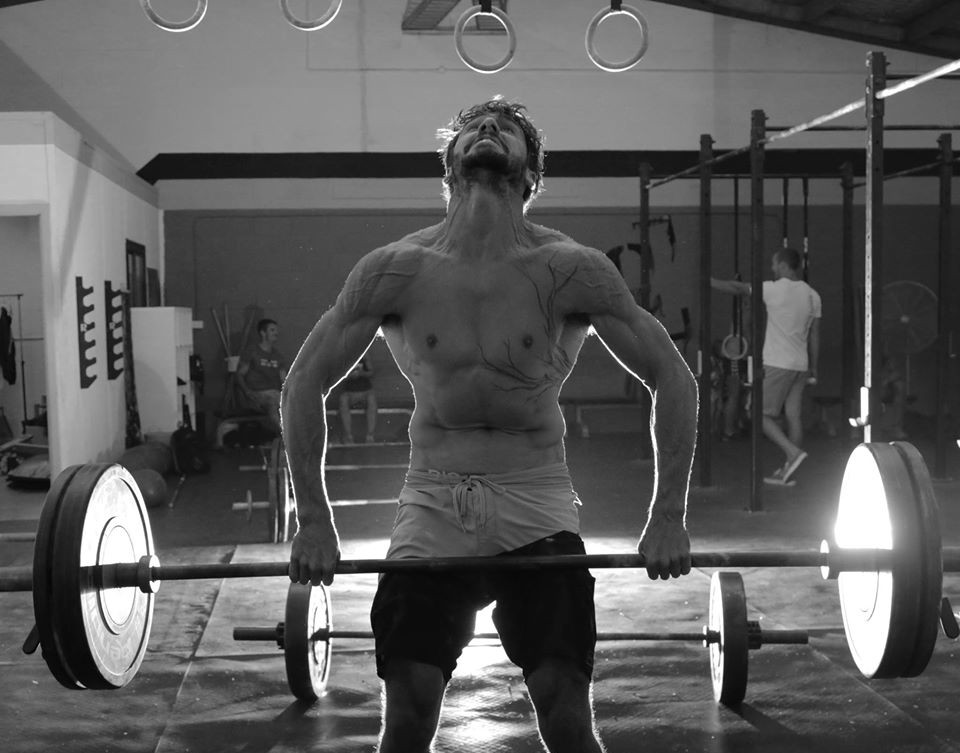
People young and old struggle with lower back pain on a daily basis. The discomfort and soreness that is often associated with this kind of injury can affect even the simplest of actions, such as getting out of bed, bending over, and walking.
One of the most common causes of pain in the lower back is a torn or pulled muscle or ligament. Tears and pulls often occur when an individual carries something that is too heavy. Or when they use their back instead of their legs to lift objects. Other causes of lower back pain include poor posture, sports, and repetitive movements.
Most Americans (eight out of 10) will experience back pain at some point in their lives, although each case will be unique and require specific treatment. Unfortunately, nine out of 10 of these individuals cannot pinpoint the cause of their pain, and therefore often struggle with avoiding the problem in the future. Desk workers and backaches go hand in hand, with 54 percent of Americans attributing their discomfort to a poor stature at their desk. If you’re not sure what is causing your back pain, consider keeping track of your daily activities. It’s important to note when your pain is most aggressive to pinpoint some connections.
The following are some helpful tips on reducing lower back aches and pains:
Ice/Heat
There is still some ongoing debate about just how effective ice therapy is following an injury. Despite this, many leading practitioners recommend that within the first 24-48 hours of experiencing lower back pain, an individual should be consistently applying ice to the sore area. Ice will help to reduce any inflammation present and works much more efficiently than heat. Applying heat to the area may relax the muscles. But it will also add to the inflammation, making the injury worse.
Be sure to only keep ice/heat on the area for twenty minutes at a time, taking breaks in-between.
Strengthen the muscles
It is common that individuals will use their back muscles to complete a multitude of activities; however, this can often put too much pressure on the area and cause tears, sprains and pulls. To avoid re-injuring the lower back, it’s ideal to strengthen the muscles around the area and the abdominal muscles. In doing so, the body is able to rely on a more widespread area for strength. This is opposed to putting all of the pressure directly onto the lower back.
Integrating some back-strengthening exercises into your daily routine can help to improve posture, straighten the spine and reduce stress on the spinal discs and joints. CrossFit and functional fitness training is a great way to strengthen your lower back. Especially if it’s done with correct form and techniques. So too is yoga and pilates.

Bracing
Back pain can cause discomfort no matter where you are. But it’s not always easy to pull out some ice or perform a workout. When you need extra support on the go, braces for lower back pain can help to supply that additional protection and comfort.
Braces that are designed to aid in the reduction of lower back pain come in all types of styles and designs, but are fairly discreet for the most part. Individuals who wear these braces can easily strap them on underneath work clothing or athletic gear, making it easy to get that extra support no matter where they are and what they’re doing.
Some braces will come as they are, while others offer a combination of compression and heat therapy. Braces use compression to help reduce swelling while increasing blood flow to the injured area for a faster healing process. Many of the materials available are extremely breathable and lightweight, ensuring that moisture is released and the skin stays warm and dry.
Braces are ideal for helping to treat a variety of lower back pain conditions. You can find a model for all kinds of ailments including sprains/strains, abdominal compression, herniated disks, Sciatica, Spondylolysis, tumors, post-op disk surgery and instability.
Stay active
The worst thing that an individual with lower back pain can do is to stay stationary through their pain. This isn’t to say that they should take part in their regular activities or anything that causes discomfort, but staying mildly active is important to keeping the spine loose and limber.
Even if this means doing some gentle yoga or walking the dog, keeping the joints and muscles oiled will be important to a healthy recovery.
Mind your weight
If you’re struggling to maintain a healthy weight, you may also notice that you’re experiencing increased lower back pain. Obesity and lower back pain often go hand in hand, with obesity significantly contributing to pain and discomfort in this specific area. Essentially, the spinal cord is responsible for distributing the activities and weight carried to different parts of the body. Excess weight puts a lot of extra pressure on the spinal cord and often causes damage to the area. The lower back is the most susceptible to this damage, and the pain is difficult to reduce unless some of the excess weight is removed.
Paying attention to your body weight is important to making sure that your spine is comfortable. Controlling your weight also allows you to maintain proper posture. Maintaining a healthy weight also makes it easier to partake in physical fitness, which is another great way to maintain a healthy body that is free of aches and pains.

Stretch
If your daily routine requires a lot of stationary work, then you’ll want to make sure that you take time to stretch every half hour. For those that work at a desk-type job, set a timer for yourself and do a few stretches that bend your body in the opposite direction. This will help to relieve your muscles and spine from the hunched position they’ve been stuck in, and it will also help to get the blood flowing and bring back some energy. Classes like gentle yoga or hot yoga can also be beneficial to those struggling with a sore back. So too can programs like ROMWOD. But if you already lead an active lifestyle day to day, try not to overdo it when you finally have time to rest.
Conclusion
At the first sign of a sore lower back, start paying attention to where the pain is located and the types of activities that seem to be causing it. Many people struggle with pinpointing the actual cause of their lower back pain. However, being aware of the problem may help to solve your discomfort issues. Consider these tips to reduce lower back aches and pains; if the problem persists, speak to a doctor about further options.
By Craig Hammontree
Craig Hammontree serves as the CEO for SportsBraces. Craig oversees all operations and business activities to ensure they produce the desired results and are consistent with the overall strategy and mission.
Before joining SportsBraces, Craig led multiple teams to success in large fortune 500 companies. His family and spending time at the lake is how he spends his off time. If he can combine the two that is his oasis.


















Follow Us